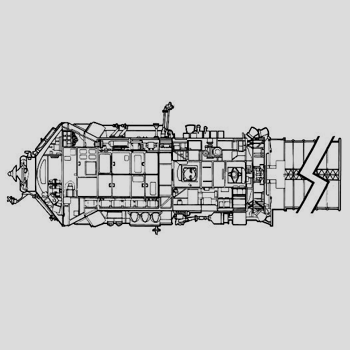Since neither equation has a variable with a coefficient of #1#, it is best to use elimination to solve this system. Fortunately, both equations are already in standard form, so they are ready to go with the elimination process, so let's line them up and decide which variable will be easiest to eliminate.
#2x - 3y = -20.5#
#3x + 4y = -18#
Since neither the #x#-coefficients nor the #y#-coefficients have common factors, we will have to multiply both equations by some factor regardless of which variable we choose to eliminate. Therefore, we should eliminate the #y#-terms, because they are already opposite signs. This allows us to multiply both equations by positive factors and thus reduces the probability of error in the multiplication.
Looking at the absolute values of the #y#-coefficients, we have #3# and #4#. Their least common multiple is #12#, so we will multiply each equation by the necessary factor to obtain #y#-coefficients of #12# in both equations.
#4(2x - 3y = -20.5)#
#3(3x + 4y = -18)#
This yields a new system:
#8x - 12y = -82#
#9x + 12y = -54#
Adding the two equations together (remember this is a matter of combining like terms only) yields a single equation in one variable:
#17x = -136#
We then solve this equation to find the #x#-coordinate of the solution:
#x = -136-:17#
#x = -8#
Next, we substitute this value of #x# into one of the original equations to find the #y#-coordinate of the solution. Either of the original equations can be used, and since I am a little lazy, I will use the second equation and avoid the decimal as much as I can!
#3(-8) + 4y = -18#
#-24 + 4y = -18#
#4y = -18 + 24#
#4y = 6#
#y = 6 -: 4#
#y = 1.5#
So, the solution of the system is #(-8, 1.5)#.

